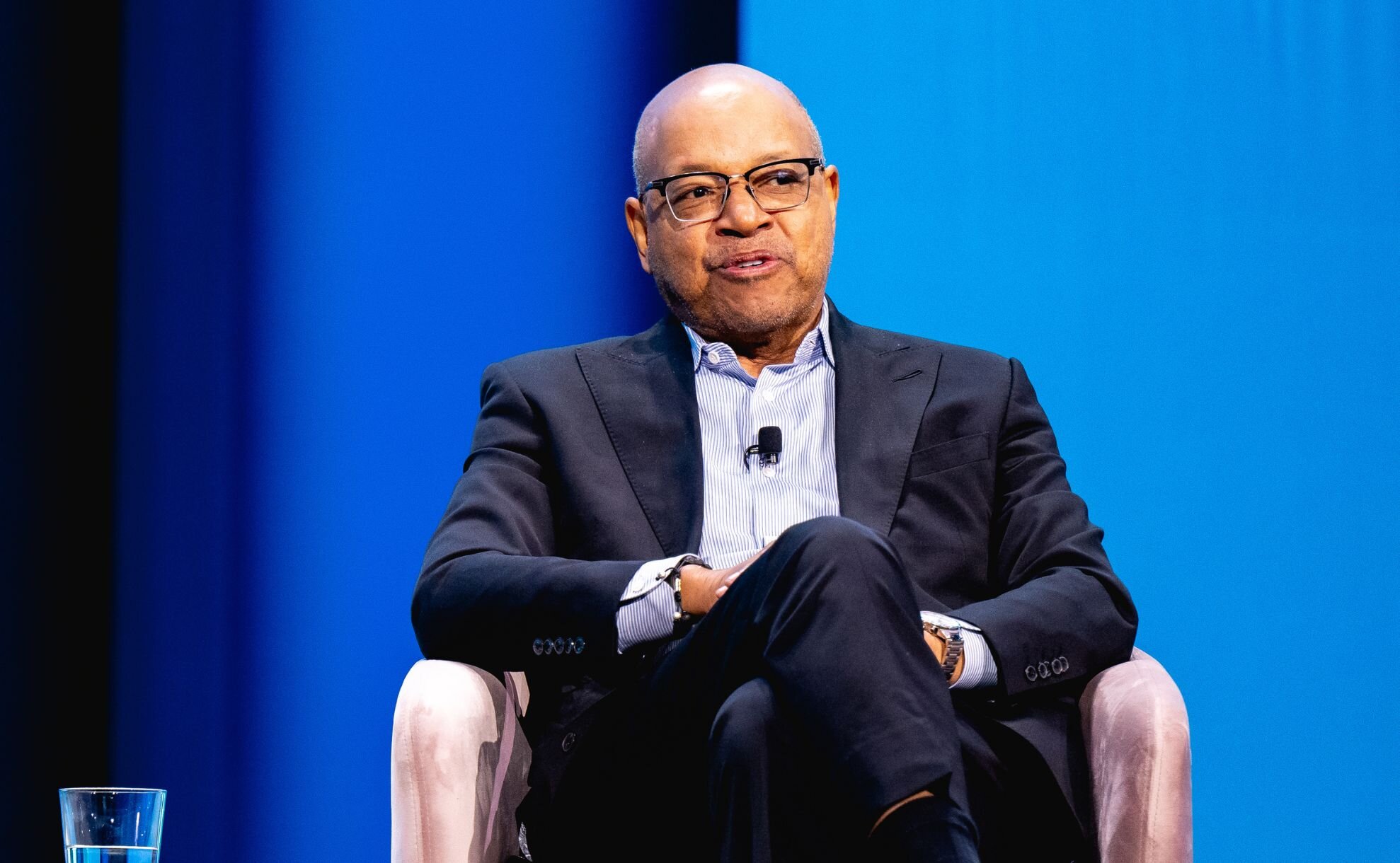How to Grow Your Organization Without Losing its Identity

How do you transform a legacy organization without losing the magic that made it great in the first place? It's a challenge that trips up even the most seasoned leaders. But when it comes to driving meaningful change, few have the unique perspective of Dr. David A. Thomas, Harvard Business School professor and president of Morehouse College.
At INBOUND 2024, Thomas sat down with PBS NewsHour's Geoff Bennett to unpack the balancing act of organizational transformation: how to honor the past while building for the future. Whether you're leading a 157-year-old-institution or scaling a fast-moving startup, his insights are a must-hear for anyone negotiating change with purpose.
UNDERSTANDING YOUR ORGANIZATION’S SOUL
As much as transformation is about innovation, equally important is knowing what should never change. Before you can change an organization, Thomas argues, you need to understand its essence.
If you want to transform an institution, you have to really understand what are the things that you don't want to break in the process of the transformation.
At Morehouse, this understanding was central to Thomas's leadership journey. The school's mission was clear, but the vision for its future needed a refresh. This insight led him and Morehouse to launch the first globally accessible online program for men at a historically Black college or university; an initiative designed to reach the 3.5 million Black men in the U.S. with some college credits but no degree.
The program's success proved that honoring your organization's soul isn't about preserving the status, but finding new ways to deliver on your core mission in a changing world.
NAVIGATING RESISTANCE WITH EMPATHY
Even the most thought-out and strategic plans can be met with resistance. Rather than viewing all pushback as opposition, Thomas takes a more nuanced view: "I don't treat all resisters as if they're the same."
This understanding of resistance as a signal has helped him turn initial skeptics into supporters, particularly when implementing major changes like Morehouse's first online program. The key is to recognize the "why" behind the resistance, as in some cases it often comes from a place of personal investment in the current way of doing things.
When leaders take the time to uncover the real concerns beneath the surface, they're removing roadblocks while also building trust. And in many cases, that trust turns former skeptics into the biggest champions of change and new initiatives.

THE FUNNEL APPROACH TO STAKEHOLDER ENGAGEMENT
When you're leading an organization with over 22,000 stakeholders—students, parents, alumni, and beyond—communication can't be one-size-fits-all. Thomas has developed a funnel approach to stakeholder engagement that starts broad and gets increasingly specific:
"I sort of level it, right? Starts with what are the things that I want to say to everybody... Then I think about what's the interest of that constituency and what do I want them to do."
This method keeps messaging clear and consistent while allowing for personalization. And the best part? It scales. Whether you're managing a small team or a global brand, starting with a core message before tailoring to specific groups ensures alignment while respective diverse perspectives.
HOW TO INNOVATE WITHOUT BREAKING TRADITION
Too often, leaders see tradition and innovation as opposing forces. Thomas views them differently. "I don't talk about them as if they were a trade-off," he explained.
I talk about innovation as a necessity for us to actually deliver on our mission.
That mindset was put to the test when the pandemic forced Morehouse to move online. Instead of just adapting to survive, Thomas saw an opportunity: "Take advantage of a good crisis when you're trying to create transformational change." That pivot led to Morehouse becoming a leader in online education without losing sight of its core mission.
This shift in perspective is crucial. Rather than viewing tradition as a barrier, Thomas suggests seeing it as a foundation to build upon. His experience shows that even the most legacy-driven organizations can innovate boldly when change is framed as a way to strengthen their mission, not stray from it.
TAKEAWAYS
Transformation doesn't have to mean tearing everything down and rebuilding. The art lies in evolving while protecting what makes your organization special. Here's how to strike that balance:
- Know Your Core: Before making changes, get clear on what makes your organization unique. This means listening to stakeholders at all levels and observing how your organization really works.
- Map Your Resisters: Not all resistance is the same (fear, loyalty to the past, lack of clarity, etc). Identify why people are pushing back and address their concerns individually.
- Structure Your Communication: Use a funnel approach to manage multiple groups effectively. Start with a clear, universal message, then refine it for specific stakeholders.
- Find the Bridge: Look for ways to connect tradition with innovation rather than treating them as opposites. Frame changes as enhancements to your mission rather than departures from it.
- Stay Courageous: "It takes courage. You've got to be able to confront those realities, and you've got to be able to match them to the values of the institution," Thomas emphasized. This means being willing to make bold moves while staying true to your organization's values.
As Thomas proved at Morehouse—raising more money in seven years than in the institution's entire history while launching groundbreaking initiatives—tradition and transformation aren't mutually exclusive. It's about finding the right balance and having the courage to pursue both.
Watch Dr. Thomas’s full session for more insights on leading change while honoring tradition here.

Want to stay ahead in 2025? Subscribe to our email list for exclusive marketing, sales, and AI insights along with first dibs on all things INBOUND:



